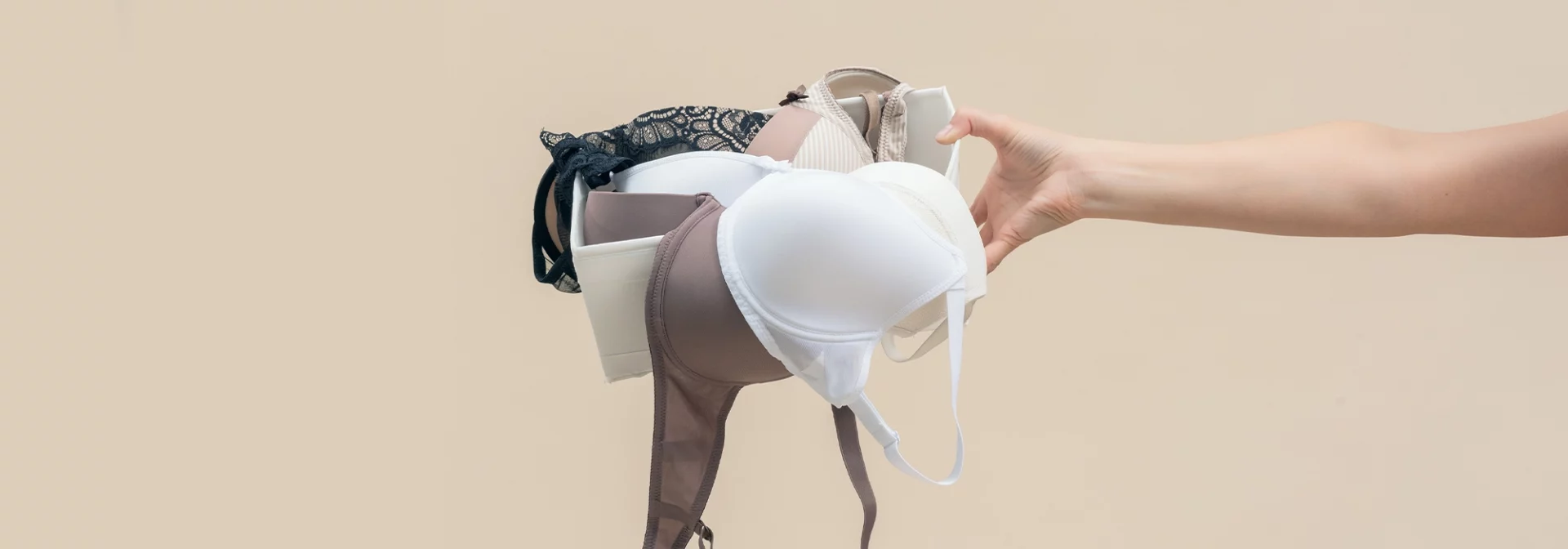Breast development is one of the first signs that your young person is going through puberty. It can be a good idea to talk with them about these changes so that they understand and feel prepared when things start to happen to their body.
Breasts begin to grow with the formation of breast buds, small lumps that form underneath the nipple. These may feel sensitive or tender to the touch for your young person, and sometimes will feel itchy as that area starts to stretch and grow.
This is all very normal, and your young person may have many mixed feelings about this, from excitement to embarrassment. Support them as they go through these changes and reinforce that this is what their bodies are meant to do. It’s pretty amazing stuff!
How to Support Your Tween or Teen’s Breast and Nipple Development
Breast growth usually takes place around the ages of 9-16. The rate and size of their development will be unique to each individual’s body. Genes and hormones control breast growth, and that means breasts can come in every size and shape.
BLOOM TIP > If your teen wants to learn more on their own, encourage them to visit our TEEN HUB for information and tips personalized for them.
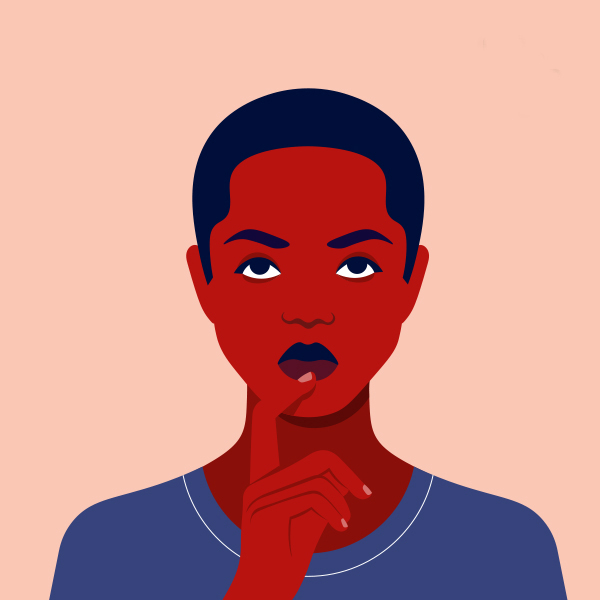
Each person will have their own specific developmental journey through puberty. So it is okay if your young person looks or feels different than peers their age. Each individual breast can also grow at different rates and be different sizes, too. This is called breast asymmetry, and is very common, due to many different reasons, and there are bras made to accommodate this. The truth is, though, that we all come in different sizes and shapes, and our diversity is what makes us special. So no matter what your tween or teen sees in the media or hears from their peers, remind them that they are beautiful throughout all these changes!
With the development of new breast tissue your young person may be in need of, or interested in, learning about and wearing a bra. Many people start choosing to wear a bra when their breasts start to grow to help with discomfort, movement, or to provide a certain look.
Wearing a bra is for anyone experiencing breast growth at any stage of development. The use of a bra is a personal choice and a decision that your young person may make based on their personal preferences. Help them move through the process with ease and find out what works best for them and what makes them feel most comfortable.
How to Measure for a Bra
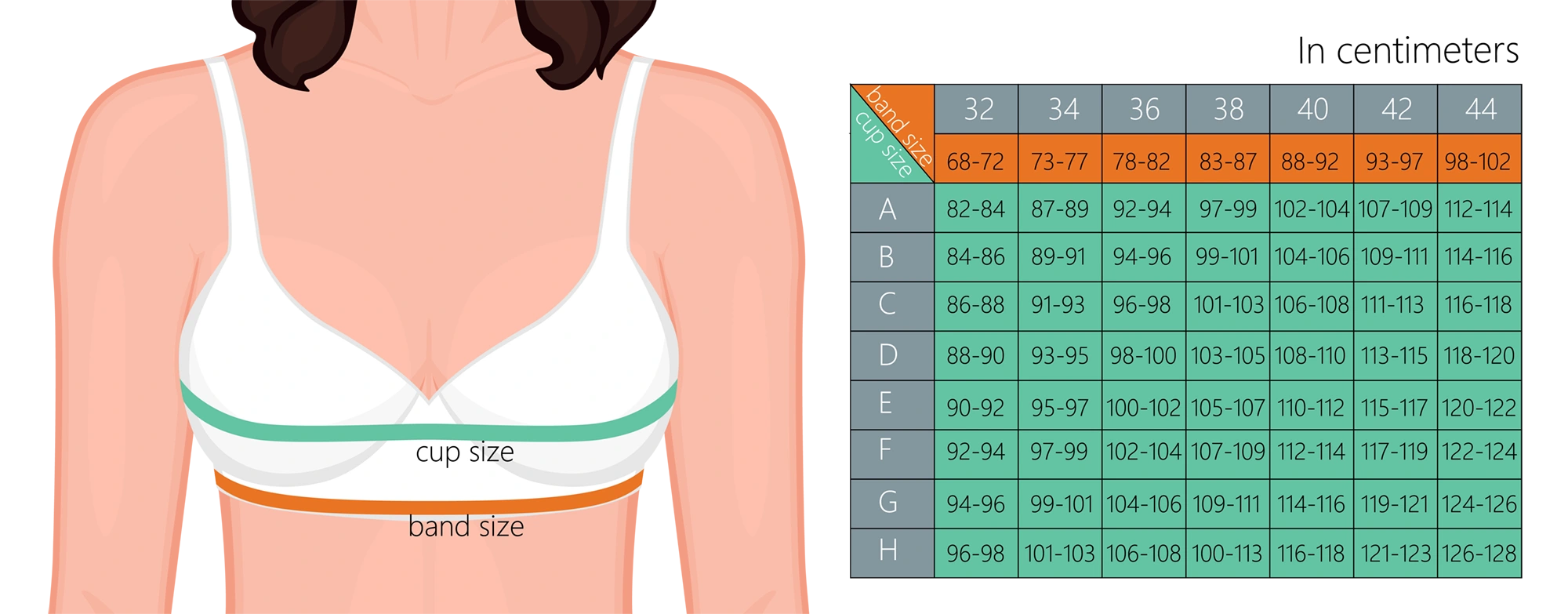
Having a properly fitting bra can make all of the difference for your young person. From the look and comfort, to the functionality of the bra, it’s all about the fit! A proper fit depends on two things:
- The band size: The measurement across the chest under the breasts and around the back is represented by a number (e.g., 32, 34, 36, etc.)
- The cup size: The size of the breast itself is represented by a letter (e.g., AA, A, B, C, etc.)
Sometimes this can be overwhelming, especially for the first experience. To help alleviate those feelings go with them bra shopping and try to make it fun, exciting, and positive. You can try using different reward activities or treats for trying on and sizing themselves for a bra — whatever helps make the experience positive and successful.
It’s helpful to have them start by wearing a beginner bra or a teen training bra that is made for comfort so they get used to the feeling of having a bra on and go from there. Above all, be positive and support them in how they feel.

Ready to elevate your parenting? Become a member of the BLOOM family today!
Gain access to workshops, coaching, and a network of supportive parents. Don’t navigate this journey alone –
Fit Considerations for Teen Bras
A bra may be too big if:
- The bras gap is baggy or has room at the top of the cup
- The straps need adjustment throughout the day because they are too loose
- There is more than enough room for a couple fingers to fit under the band
A bra may be too small if:
- The breasts are coming out of the cup
- There is not enough room for 2 fingers to fit under the band
- The underwire of the bra digs into the skin
- The straps dig into the shoulders
An Introduction to Bra Styles
There have been incredible changes in bra size, color, shape, styles, and material in recent years. Here we have provided a bra guide below so you and your young person know what is available and to help them decide which bra may be best to fit their needs. And if they prefer to not wear a bra at all, that is their choice too, and we support it!
Guide to Popular Bra Styles
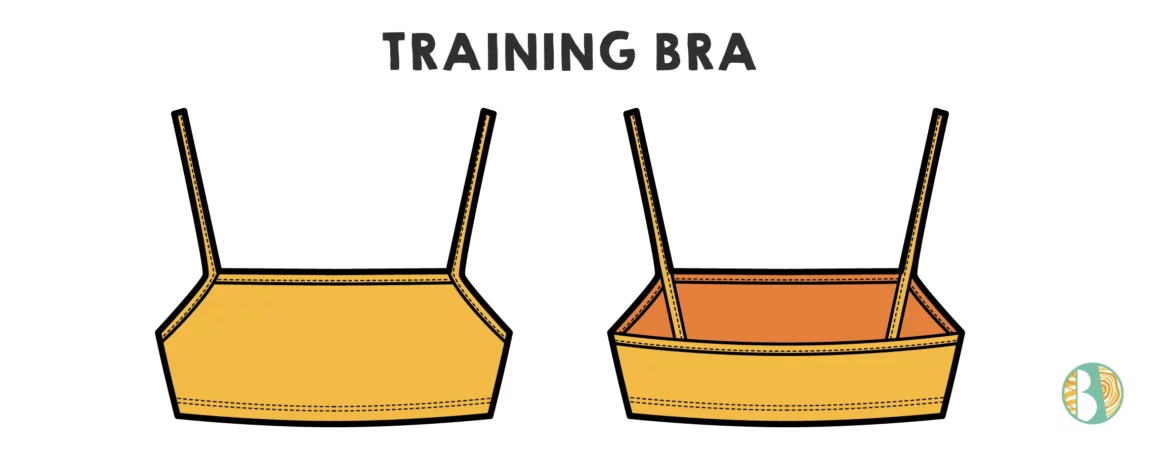
Training Bra: Usually a pull-over, stretchable cotton fabric that allows room for growth. They are made to be comfortable and do not have wires, pads, or hooks on the band.

Bralette: A simple bra usually with thin straps and without wires or cups. Straps can be racerback, halter style, or across both shoulders. This bra does not offer much support, but is usually seamless, meaning no visible bra lines, and is great for comfort or for a first bra choice.
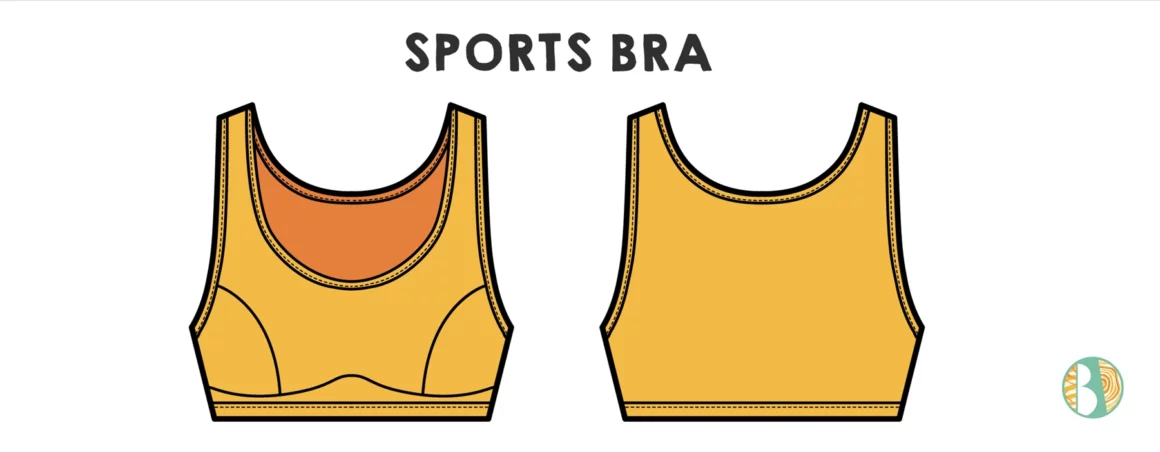
Sports Bra: Gives some compression to lessen movement during physical activity. Sports bras come in light, medium, and high impact so that support is increased if performing a sport that requires a lot of movement, like running. They come in a variety of styles, including racerback and halter, so choose the sports bra most appropriate for the activity.
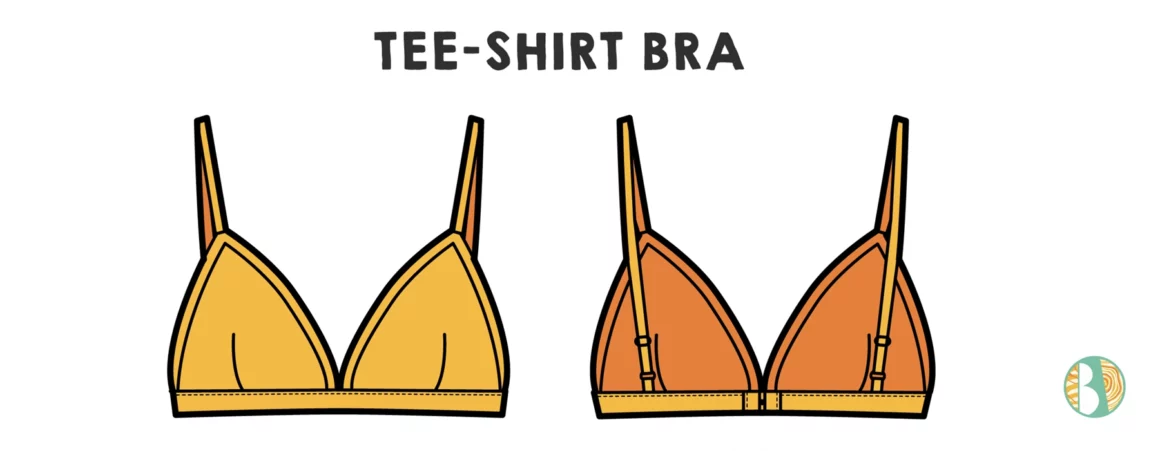
Tee-shirt Bra: a comfortable bra with molded cups that are usually seamless so that it can be worn under tee shirts for a discreet look. These bras come with underwire and no-underwire options.
Strapless Bra: Great for tops or dresses where straps should not show. Usually has an underwire and molded cups to keep breasts in place. If the bra does not have underwire and padding, it’s a bandeau bra, which can be pulled on like a tube top.
Seamless: These discreet bras provide support without the visible lines and sometimes clasps of a bra.
Racerback: These tanks or bras have a Y or a V in the back to provide additional support and allow for diversification of style.
Halter top style: These straps follow the lines of shirts, tops, and dresses with a halter style.
Built-in bra: Tank tops can come with a built-in bra inside (padded or not padded). These are great to wear as an all-in-one, especially on summer days.
Stick-on: These are stick-on pieces that cover the breast only and do not have a band. Best worn with something that exposes the shoulders, is backless, or to cover just the nipples.
Push Up Bra: A padded bra that gives the breast a boost up and in. This reveals more of the top of the breast and cleavage. Light padding is suggested for a “first” bra.
Full coverage bra: These bras provide a broader base of support with more fabric surrounding the breast and a sturdy underwire that supports a larger and fuller breast. These come with a variety of strap styles — racerback, halter, and more — providing different levels of support and coverage.
No Bra: Who says you need a bra? People with breasts may choose to forgo traditional views. If you want to feel natural and free, the choice is yours!
We hope this has broadened your thoughts on all things “bra” related, and that you feel more knowledgeable and confident when helping your young person navigate this chapter in their life. Remember, there is no one right answer here, choosing what makes them feel comfortable and positive is the goal!
Parenting can leave you feeling overwhelmed and alone, but at BLOOM you have a community ready to help. Access Live and On-Demand Workshops featuring our trusted experts. Get answers to your pressing questions through our Ask the Expert Platform. Find strength by joining our Community Group and connecting with fellow parents and caregivers. If you need more tailored support, take advantage of our 1-on-1 Parent Coaching Sessions. Raising tweens and teens is hard, but with BLOOM by your side, you don’t have to do it alone.
